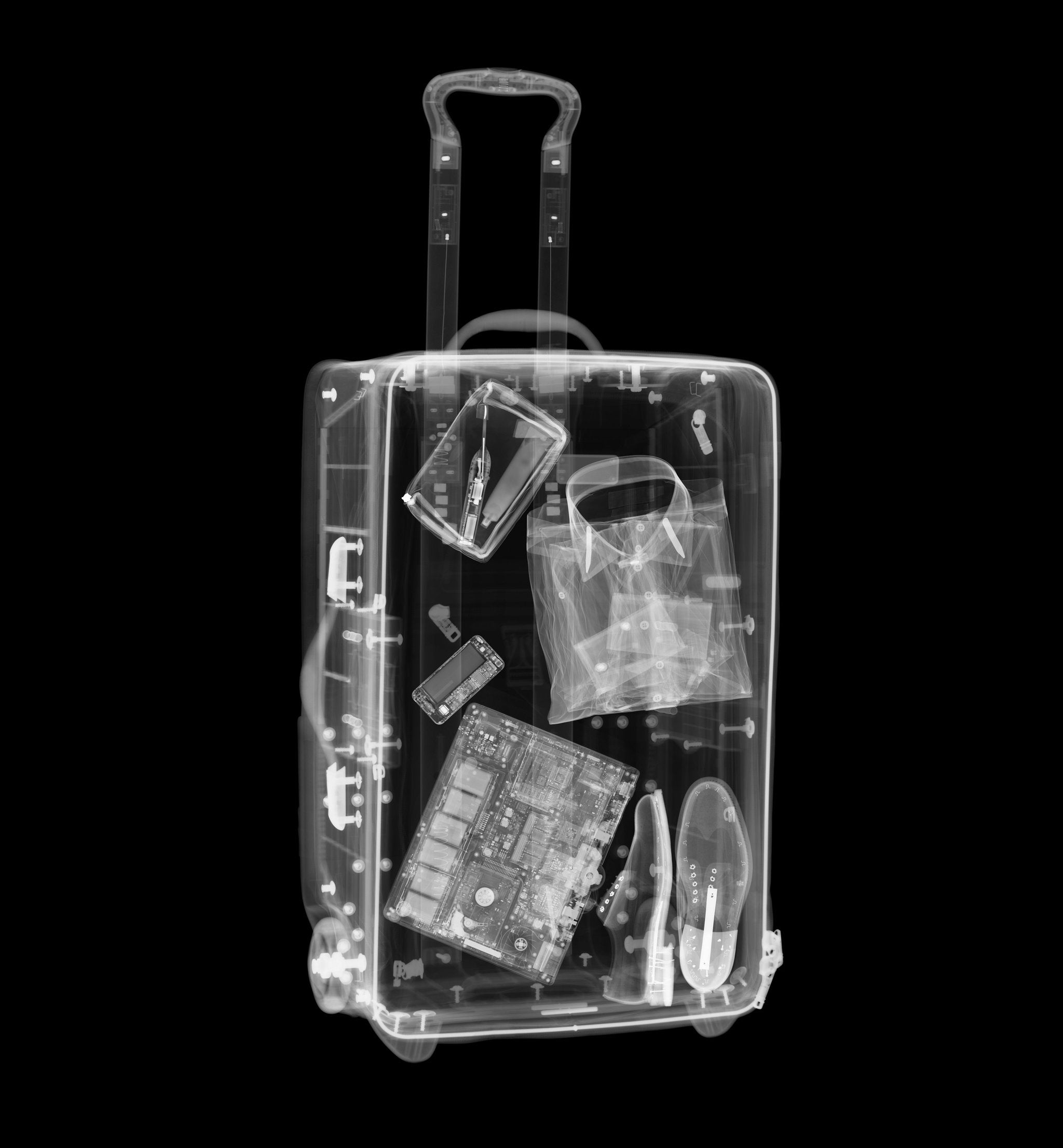
Located 10km from Perth’s central business district, Perth Airport (PER) is one of two civilian airports within the Perth metropolitan area.
With the airport processing 5,889,925 passengers between 2020 and 2021, ensuring the security and safety of these passengers is of utmost importance to the airport. With this in mind, the airport is on track to invest in new security screening equipment that utilises x-ray technology.

Discover B2B Marketing That Performs
Combine business intelligence and editorial excellence to reach engaged professionals across 36 leading media platforms.
Using a 3D interface, this new technology will assist the airport in detecting suspicious and forbidden items in passengers’ luggage to improve safety and security.
The introduction of this advanced screening equipment is being introduced as part of an Australian Federal Government mandate that aims to further strengthen Australia’s domestic and international aviation security.
Aviation recovery framework
The Covid-19 pandemic has impacted the aviation industry hard, with many airlines and airports unable to operate for long periods of time. To assist the Australian aviation sector, the Australian Government released an ‘Aviation Recovery Framework‘ that outlines the government’s response to the Covid-19 pandemic by supporting jobs and the industry through the crisis.
This new framework also sets out new policies to reposition aviation after the Covid-19 pandemic, to ensure a safe, secure aviation environment that meets the needs of Australians currently, as well as in the future.

US Tariffs are shifting - will you react or anticipate?
Don’t let policy changes catch you off guard. Stay proactive with real-time data and expert analysis.
By GlobalDataWithin the framework, the section ‘Regional Airports Screening Infrastructure’ aims to assist regional airports when it comes to enhancing security screening requirements. As part of a A$715m ($531m) package, the programme assists regional airports with the minimum necessary capital and initial operating costs of complying with these new enhanced security screening requirements.
The objective of the funding package is to reduce the initial cost burden for security compliance by regional airports and to also avoid these costs being passed on to airlines and passengers.
The new security technology, which has been introduced at PER is in line with the new scheme and guidelines for security protocol, as the transition is a mandated Australian Government requirement.
Scanning, scanning, secure
The equipment to be included at the airport is the latest state-of-the-art technology, which has been specifically designed to enhance airport security by improving the efficiency of the detection process.
The upgrades will see new body scanners, x-ray machines, walk through metal detectors, and explosive trace detective systems being introduced.
The introduction of CT scanners at the airport will see international and domestic carry-on baggage being scanned, removing the need to take out computers and aerosols from passengers’ bags during the screening process.
CT scanners, or computerised tomography scanners, scan combine a combination of x-ray images taken from different angles around an individual’s body and use computer processing to create cross-sectional images of the body. CT scan images provide more detailed information than standard x-rays do
These machines use 3D technology to detect suspicious or restricted items in carry-on bags, which breaks down each item located in a bag – saving passengers’ time and reducing the hassle of repacking items.
“The new system [makes] for a more streamlined process and less hassle for passengers.“
The checked baggage CT upgrade sees the replacement of existing x-ray systems at the airport and is hoped to be completed in Quarter 1 2023. This will see upgrades at terminals 1,2,3, and 4 of the airport.
Body scanners have been mandated by the Australian Government for many years, however, the new upgraded technology will see the process being faster and more efficient with the scanners being introduced at domestic screening points.
The scan – which will take about one second – will require passengers to walk between two walls, stop, stand in a relaxed position then move on.
These scanners are able to detect foreign matter – metal and non-metal – which are present on a passenger within a millimetre of skin. The technology is also able to pinpoint the exact location of said item on the individual on a diagram of the passenger’s body which takes the form of an avatar on the screen.
PER CEO Kevin Brown comments: “Most travellers these days have a laptop or tablet device, which they must remove from their luggage for screening. Many travellers also carry aerosol cans such as shaving foam, which must also be scanned separately.
“The new system will allow passengers to leave these items in their hand luggage, making for a more streamlined process and less hassle for passengers.”





